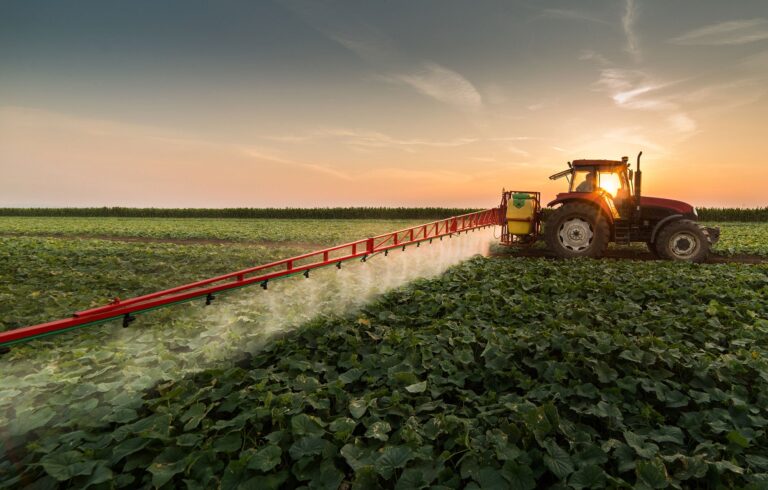On July 23, the U.S. Environmental Protection Agency released several documents outlining its Proposed Registration Decision for low-volatility dicamba herbicides used over-the-top on dicamba-tolerant soybeans and cotton. This release is an important step forward in the agency’s Herbicide Strategy and addresses a critical weed-control need for U.S. farmers.
As part of the registration process, the EPA is inviting public comments on its proposed risk assessment for these products. The comment period has been extended until September 6, 2025, giving growers and industry stakeholders additional time to provide feedback. Once the comment period closes, the EPA will review all submissions before issuing a final registration decision. If approved, growers could regain access to this important weed-control tool in time for the 2026 growing season.
The agency is particularly interested in hearing from growers, applicators, retailers, distributors, and others who have firsthand experience with dicamba herbicides. Even a brief comment explaining how dicamba helps manage weeds on your farm can be valuable. Input from those who work with this technology in the field will help ensure the EPA’s final decision is practical, informed, and responsive to the realities of modern agriculture.
While the requirements are not yet final, Bayer’s review of the EPA’s proposal offers insight into possible label changes. The proposal does not include federal label cut-off dates for applications, although some crops or growth stages may have restrictions. Volatility mitigation would be based on temperature, with specific VaporGrip Xtra Agent rates required for different temperature ranges, and additional spraying restrictions for applications between 85 and 95 degrees. No applications would be allowed when temperatures are forecast above 95 degrees, with temperature limits determined by the 48-hour forecast.
The proposal also anticipates runoff mitigation requirements under the Endangered Species Act, a 240-foot downwind drift buffer that may be reduced under certain conditions, and a maximum application rate of 0.5 pounds dicamba ae per acre, limited to two applications per year on dicamba-tolerant soybeans and cotton.
When submitting comments, Bayer has noted that stakeholders may wish to emphasize the importance of a timely final decision for 2026 crop planning, describe the role OTT dicamba plays in controlling weeds and managing herbicide resistance, share experiences from past seasons, and outline how they could implement the proposed requirements on their farms.
The EPA’s decision on low-volatility dicamba herbicides will have significant implications for weed management in soybeans and cotton, and grower participation in the public comment process will be vital to ensuring this technology remains available and effective.


:max_bytes(150000):strip_icc()/soybeans_usb-2-2000-f3cbf2d5ad334bbca68c6fb09087a9cd.jpg)
:max_bytes(150000):strip_icc()/36308607503_af1bc9a487_o-1deb3ddd8dd24d7c83b4f3760435f3fd.jpg)





:max_bytes(150000):strip_icc()/Iowa-State-Fair-Banner-d22e8c0989b142aabefb048e52d85521.jpg)

